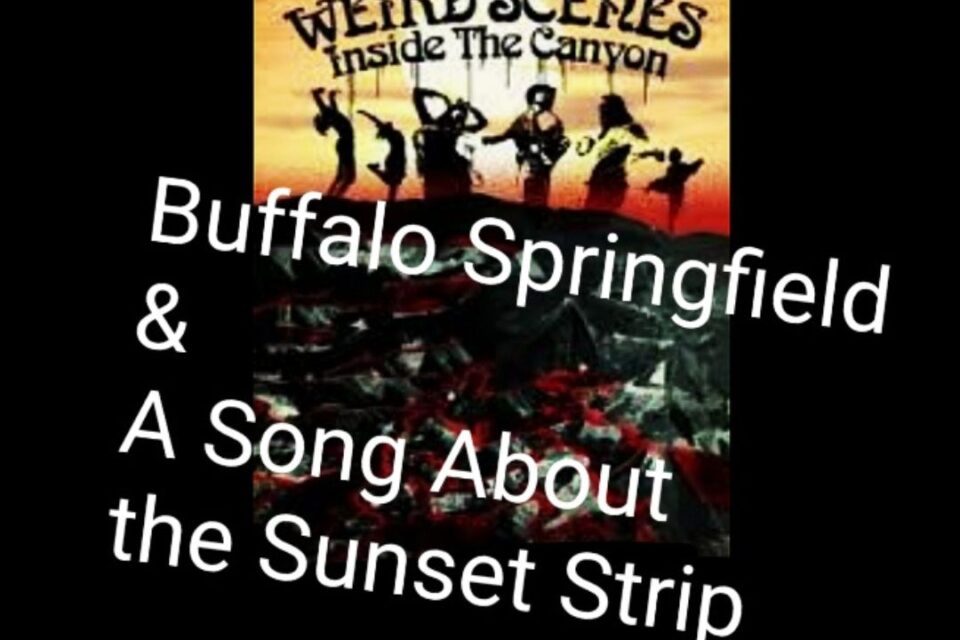What would become Los Angeles’ famous Sunset Strip by the mid-1960’s was just a street at the start of that same decade. Sunset Boulevard was home to a few closed music clubs from an earlier era of glory and, in general, was lost in the limbo of the changing times.
As 1964 took hold, Sunset Boulevard sprung to life. The old clubs reopened and a vice cop from Chicago named Elmer Valentine opened the Whiskey-A-Go-Go. The Strip was in the midst of its wild rise, but what was it made of and who was it for?
The bands who would eventually put the Boulevard on the cultural map, were still being installed, um, moving into Laurel Canyon with the instruments they couldn’t play. According to Dave McGowan in Weird Scenes From Inside The Canyon: Laurel Canyon, Covert Ops & The Dark Heart of the Hippie Dream:
“The paint was barely dry on the walls of the new clubs when bands like the Doors and the Byrds and Buffalo Springfield and the Turtles and the Mothers of Invention and the Mamas and the Papas and the Lovin’ Spoonful came knocking. The problem, However, was the new clubs were not yet known to the general public, Ciro’s had been long left for dead, and nobody had the slightest idea who any of these newfangled bands were.”
This is where a guy named Vito Paulikas brings his group of dancing hippie girls known as the Freakers to fill the dance floors for these unknown bands. It doesn’t take long for the Strip to explode into the hip place to be. Soon enough trendy young people filled the area with their bodies as well as their expectations.
In 1966, the cops became violent with about a thousand protestors who were demonstrating on Sunset Boulevard. People were out to protest a curfew being imposed on the area and the permanent closing of one of its clubs. The situation became extreme. Police beat protestors and fires were set and chaos consumed the Boulevard.
It is this wild night on the Sunset Strip that inspired Buffalo Springfield’s one and only hit single Stop Children What’s That Sound. The song is one of the best-known protest songs of the era and it commemorates a night of police violence in the streets outside the clubs where a specific american subculture was fomenting its identity.
Listen to the latest episode of SECRET ANTENNA to hear more about this musical era and its connections to military intelligence.
Listen to SECRET ANTENNA
Follow SECRET ANTENNA on Instagram
Follow SECRET ANTENNA on Twitter
SECRET ANTENNA on Patreon



